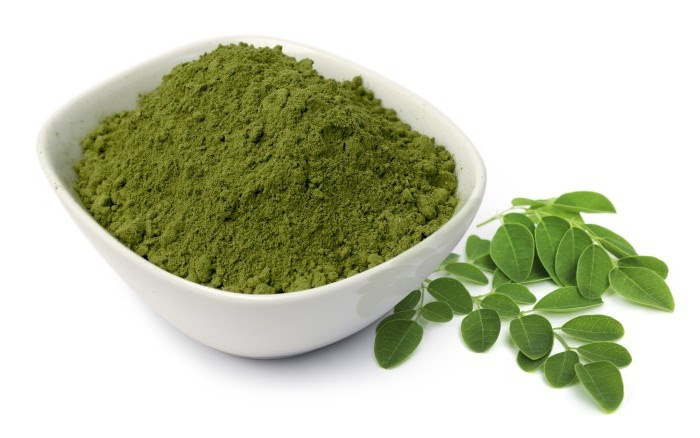What if you could simply drink an herbal tea that would work as well if not better than your average prescription pain medication? Would you be interested in learning more about it?
That’s the attitude of many people across America, who have successfully used this herb.
Kratom is an herbal, plant-based substance that can not only relieve pain, and treat mood disorders, but can also help them get past their addictions. It’s usually drank as a tea.
What’s not to love?
Well, the FDA and DEA are highly skeptical of kratom, and in 2016, they first announced their intent to list it as a Schedule 1 illegal drug.
But why?
The definition of a Schedule 1 drug is something that has a high potential for abuse, and no currently accepted medical uses.
Thousands of people around America insist that the plant has made a huge positive impact on their lives.
In low doses, kratom acts like a stimulant, and can heighten alertness and productivity. At higher doses, it acts more like a sedative, and produces a similar effect to opioid pain relievers.
Aside from relieving addictions, kratom has also been used to cope with depression, anxiety, and extreme chronic pain.
In fact, the plant can be several times more potent than morphine–but it does not interfere with the respiratory system, as many opioid pain relievers carry the risk of.
Kratom has been used medicinally in Asia (usually as a tea) for thousands of years. Click here to read a 2015 research study on the uses and history of kratom.
Unfortunately, the DEA has attributed 15 deaths to kratom between 2014 and 2016–and the FDA is citing these deaths as evidence that kratom is dangerous and presents a public health threat.
However, it’s worth noting that fourteen of the 15 who died also had other drugs or illegal substances in their systems, so it’s impossible to attribute those deaths to kratom use alone.
Since kratom is made from the dried leaves of a plant, instead of a chemical compound that can be patented for profit, very little scientific research has been done on its attributes.
It’s also known that at least one pharmaceutical company is developing a pain medication from a derivative of the plant.
Lawmakers in Tennessee, however, have made one key distinction that should help clarify the confusion around this plant.
They have clarified that natural, pure kratom is NOT illegal to possess, while any synthetic forms of the psychoactive compounds found within the kratom plant (mitragynine and 7-hydroxymitragynine) are not legal under Tennessee law.
You can read the attorney general’s complete, official statement here.
Activists who currently use the plant to control chronic pain and overcome addiction to opioids are calling this a “cautious victory”.
Legislation that identifies synthetic mitragynine and 7-hydroxymitragynine as separate from pure, botanical kratom, is a step toward uncomplicating access to the use of the kratom plant as a healing tool.
 Kratom activists explain that a cup of kratom tea can make the difference between someone suffering, bedridden with chronic pain–or being able to get up, go to work, and maintain a livelihood.
Kratom activists explain that a cup of kratom tea can make the difference between someone suffering, bedridden with chronic pain–or being able to get up, go to work, and maintain a livelihood.
If kratom is in fact as innocuous as a cup of herbal tea, its benefits are surely worth protecting as an herbal supplement.
Clearly, more research on the effects and potential downsides of kratom use would be excellent in forming realistic policies around the substance–but it’s not likely that Big Pharma will be interested in doing that research.
Recently, the American Kratom Association has sent a letter to the DEA and FDA, urging them not to ban what many are calling a miracle cure.
The DEA, however, has recently decided to continue their efforts to land the plant on the list of Schedule 1 drugs.
This is despite the overwhelming public support that kratom receives–over 99% in favor, according to this article!
We can only hope that the Tennessee attorney general’s statement will hold influence in this matter on a national level.


